Smoking Meat Help For Labor Day 2013
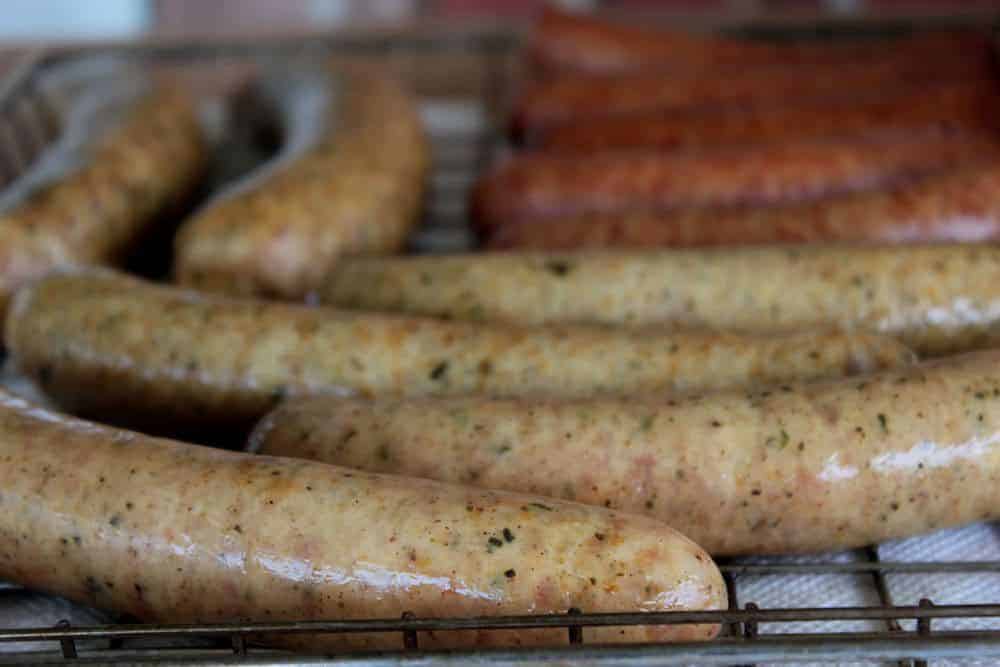
Smoking-Meat.com is supported by its readers. We may earn an affiliate commission at no extra cost to you if you buy through a link on this page.
Read this article without ads
Labor day, starting out as something very political, has become a holiday that celebrates family and friends, the end of a wonderful summer, the welcome arrival of cooler weather and a day off work for many of us.
For me, it's another great excuse to spend valuable time with my my family while I do a little cooking on the smoker or grill.
In this newsletter, I will be pointing out some of the best of the smoking meat newsletter while also answering some of the most common questions that I get via email.
I hope all of you have a very safe holiday!
Some of My Favorites for Labor Day
On Labor day, many of us are off work and spending time with family and friends. Often times this includes food cooked outdoors on the smoker and/or grill and this is where I come in.
I am sharing some of my favorite recipes and instructions below for an occasion such as this. Click the pictures to go to their instruction pages. Enjoy!
Pulled Chicken
Smoked Macaroni and Cheese
Hot and Fast Brisket
Hot and Fast Bourbon Smoked Pulled Pork
3-2-1 Pork Ribs
Smoked Chicken Wings
Low and Slow Pulled Pork
Low and Slow Smoked Brisket
Bacon Wrapped Chicken Breasts
Chicken Pieces
Whole Smoked Chicken
Smoked Shrimp
Cream Cheese Stuffed Jalapenos Wrapped in Bacon (ABT's)
Smoked Tilapia
Smoked Jalapeno Stuffed Meatloaf
Pulled Pork Hot dogs
Bacon Explosion (fatty)
Smoked Burgers & Hot dogs
Smoked Corn, Cabbage and Potatoes
Smoking Meat Help for Labor Day
Here are some common questions that I get asked the most often and my answers to those questions to help you out on your Labor day cooking adventures. As always, if you need quick help, go to smokingmeatforums.com and post a question there. Most questions are answered within minutes of being posted.
I recommend that you use a charcoal chimney starter if you have one. If not, you can pick one up at Lowes, Home Depot, Ace Hardware and even Walmart for around $15. You can also order them from Amazon.com but that won't help you much for Memorial Day this year.
Stuff a piece of newsprint in the bottom then fill the top with charcoal briquettes or lump charcoal. Set the prepared chimney starter on a hard, fireproof surface and light the paper. In about 10-15 minutes you'll have a batch of prelit charcoal ready to pour into your smoker or grill. No lighter fluid, gasoline, or any other fire starter needed;-)
Tip 1: Drizzle a little vegetable oil on the newsprint to help it to burn better
Tip 2: If you have a grill with a side burner you can omit the paper. Fill the chimney starter with charcoal and set it on the lit burner to get the charcoal started. Once the charcoal is burning good, you can turn the burner off.
Briquettes are made from wood and several other additives and chemicals to help the pieces to hold their shape, burn better, etc. while lump charcoal is simply pieces of hardwood that have been pre-burned in a low oxygen environment.
Briquettes burn more evenly, are less expensive and are easier to use for some due to their uniform shape and size.
Lump is more expensive, burns hotter but is very non-uniform in size and shape making them sometimes more difficult to use especially in certain situations.
I prefer lump for most of my cooking but I do use briquettes on occasion if I am needing a more consistent burn.
Smoking in it's most basic terms is simply a combination of heat + smoke. It really does not matter what you use as a fuel whether electricity, propane, lump charcoal or splits of wood, as long as you can maintain low temperature and provide smoke. When you have heat + smoke, the smoking process is happening.
In wood smokers, this works slightly different in that the wood is the fuel as well as the source of smoke. For this reason, wood smokers tend to produce the most flavorful smoked food. The meat is also usually more smoky tasting since the smoke is flowing from start to finish whereas in a gas, electric or charcoal smoker, you may choose to stop adding wood for smoke at a certain point.
The recipes that I provide in these newsletters can be prepared using any kind of smoker by using the following guidelines:
- Maintain the recommended temperature
- Use the water pan if you have one
- Add smoke for at least half of the estimated cook time
- Use the internal temperature of the meat rather than time to tell you when the meat is done.
For some reason, this confuses people. I get asked all the time if the smoking time is doubled when you double the amount of meat in the smoker. The answer is no in the same way that (2) cakes would not take twice as long to bake as (1) cake. The heat is working on both at the same time and they both get done in about the same amount of time.
The amount of time that meat takes to reach it's finished stage is based on the geometry/size of the piece of meat. Many times we use formulas of x amount of hours per pound of meat but in actuality it is the thickness of the meat that is most relevant in determining how long it will take to get done.
Unfortunately, unless you are going to break out the calipers and measure the thickness of the meat and do some pretty crazy math, this isn't going to be easy to figure. For this reason, we assume that the weight is usually proportional to the thickness and is relevant enough for estimating how long it will take to cook a certain weight of meat.
Regardless of how much time you estimate, you must use the internal temperature of the meat rather than time to determine when the meat is finished cooking.
For example, we often estimate brisket and pork shoulders at 1.5 hours per pound. Using this formula, an 8 lb pork shoulder is estimated to require around 12 hours. It could, in fact, take only 10 hours or it could take 14-16 hours in rare circumstances but usually the formula gets us pretty close so it's a reasonable way to estimate the time.
I like to figure the time using the method then add about 2 hours for padding. I can always keep the meat warm if it gets done early but there's nothing I can do to hold back the angry natives if dinner is 2 hours late.

This is due to the low heat that is typical of smoking and the only methods that I have found that help to lessen this phenomenon is to either raise the temperature of the smoker to 275 degrees or more or to smoke the chicken as normal until it is about 80% done then finish it off on a very hot grill.
I prefer to smoke cook the chicken at around 240 degrees to give the smoke plenty of time to flavor the meat then place the chicken on a very hot grill until it is finished cooking. For me, this yields the best results.
Having said that, the flavor of smoked chicken is unrivaled by any other method but I have not found a way to to get the same level of crispy skin using this method that you see on fried, baked or grilled chicken.
If the bark is moldy, mildewed, rotten or bug infested then remove it. Otherwise, I have not found any taste difference between using wood with bark or without. For this reason, I don't worry about it unless I have to.
I have not found this to be a problem as some have suggested. I regularly smoke fish in the same smoker that I use to cook many other types of meat and there is no distinguishable crossover of flavors.
Many people soak their smoking chips and chunks before placing them in the smoker and while I am not sure where this got started, I have never understood the need to do this. I get my best smoke from dry chips wrapped in foil or in a metal box or dry chunks laid right on top of the charcoal or near the heat.
It is my opinion that wet wood gives off steam until it begins to dry and then starts to produce some smoke. Why not just skip the soaking process and let it start smoking immediately?
I have tried both ways and can only report what works best for me. If you soak your wood and find that it works well then there's no reason to stop but if you are just doing it because that's what you thought you were supposed to do, I recommend that you try it both ways to see what works best for you.
Many people report that the meat has too much smoke flavor and/or it has a bitter flavor. This is usually due to not having the correct amount of air flow into and out of the smoker. It is imperative for air to flow into the smoker and out of the smoker to create a draft. This draft is what pulls the smoke across the meat and out of the smoker so that is flavors the food correctly without making it taste like charcoal.
Many of the more inexpensive smokers are designed to not seal very tight for this very reason i.e. the Brinkmann charcoal water smoker. If you look carefully there is at least a 1/4 inch gap all the way around the lid to ensure that the smoke can exit properly.
This is most important with charcoal and wood smokers. Gas and electric smokers need to draft as well but this is usually accomplished with a lot less fuss in these types of smokers.
If your smoker has vents at the firebox and/or at the top or far end of the smoke chamber, I recommend to never close them all the way while there is food in the smoker. Leave them open at least 25% to allow for proper airflow and I think you will find that the food will be perfectly smoke flavored.
Smoke brats for no more than 2 hours at 225 degrees. Any more than this and they will get tough. Boudin does best at about 2 to 2.5 hours at 225 degrees.


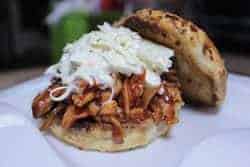
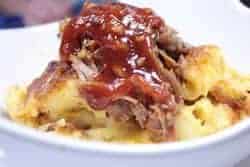
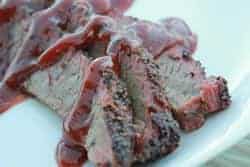
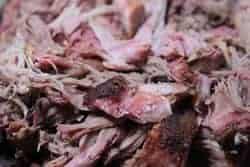
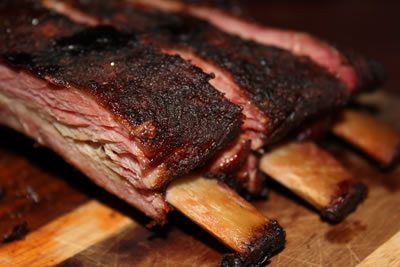
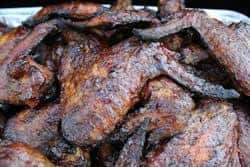
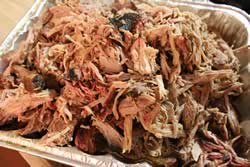

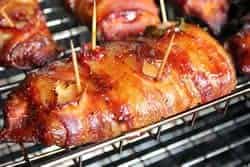
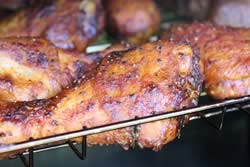



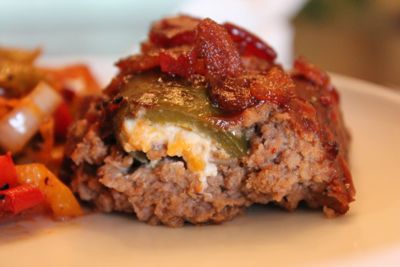

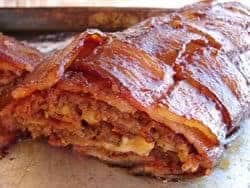
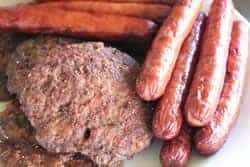

Jeff, i have been following you for years and love your rub. i dont remember seeing any smoking of roasts such as sirloin roasts or any other beef roasts, only Tri-tip??